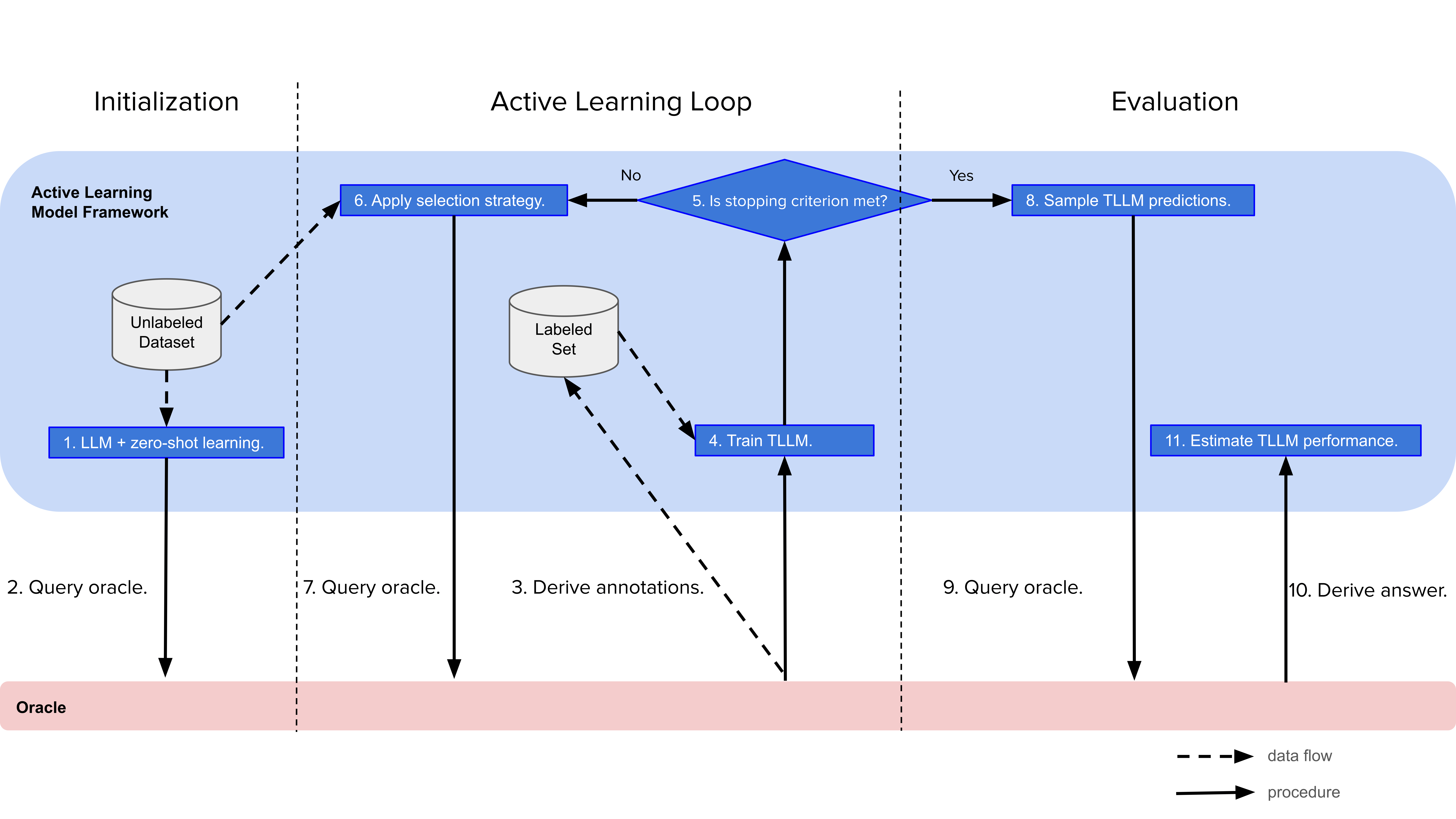- The paper introduces LAUD, a framework that integrates active learning with LLMs to transform unlabeled data into task-specific models, effectively addressing the cold-start problem.
- It employs a zero-shot initialization followed by an iterative active learning loop with dual oracle verification, improving model precision by up to 12%.
- Experimental results in commodity classification and ad-targeting demonstrate LAUD's superior performance and practical applicability in real-world scenarios.
Summary of "LAUD: Integrating LLMs with Active Learning for Unlabeled Data"
The paper "LAUD: Integrating LLMs with Active Learning for Unlabeled Data" (2511.14738) presents a novel framework designed to address the challenges faced by practitioners working with LLMs in real-world scenarios where labeled data is scarce. The proposed solution, LAUD, integrates active learning with LLMs to effectively transform unlabeled data into task-specific LLMs (TLLMs). This approach mitigates the common cold-start problem often encountered in active learning, which has traditionally thwarted the efficient use of LLMs in specific tasks.
Introduction
The introduction of LAUD is motivated by the shortcomings in existing methodologies for utilizing LLMs, particularly when faced with unlabeled datasets. LLMs have demonstrated versatile capabilities across diverse task domains, exhibiting generalization abilities exceeding their pre-training data. However, effective deployment often necessitates extensive labeled datasets to reach human or superhuman performance levels. The high cost of annotation required for fine-tuning remains a significant hurdle, prompting research into alternative approaches such as few-shot and in-context learning. These methods attempt to leverage pre-training tasks and prompt configurations to adapt LLMs to new tasks with minimal examples, but they often fall short when dealing with large-scale datasets.
Methodology
LAUD employs an innovative approach to overcome the cold-start problem inherent in active learning and transform unlabeled datasets into TLLMs:
Demonstration and Results
The paper provides empirical evidence through experiments on commodity name classification tasks and a real-world ad-targeting system:
- Experimentation: LAUD-derived TLLMs demonstrated superior performance compared to zero-shot and few-shot learning approaches in the commodity classification tasks, showcasing higher precision and effective utilization of the active learning cycle.
- Real-world Application: In an ad-targeting system, replacing keyword-based models with TLLMs led to significant improvements in CTR, underscoring LAUD's practical applicability and efficacy in commercial applications.
The experimental results highlighted three insights:
- Superior TLLM Performance: LAUD-derived TLLMs consistently outperformed commercial LLM APIs such as GPT-4o-mini, emphasizing the advantages of task-specific fine-tuning in achieving higher accuracy.
- Active Learning Benefits: Combining active learning with TLLM development enhanced model precision by up to 12%, affirming its role in optimizing data selection for better learning outcomes.
- Oracle Alternatives: Utilizing LLMs as oracles in the annotation process proved viable, delivering competitive precision to human oracles and indicating potential for automated annotation practices.
Conclusions
LAUD offers a compelling solution to the challenges of applying LLMs to real-world tasks with limited labeled data. By strategically integrating active learning, it effectively alleviates the cold-start problem, enabling the derivation of TLLMs that surpass existing methodologies in precision and applicability. Additionally, the use of LLMs as oracles presents a cost-effective alternative for annotation, paving the way for more scalable and efficient data labeling processes. Future research should further investigate category-specific impacts and refine oracle selection strategies within this robust learning framework.
